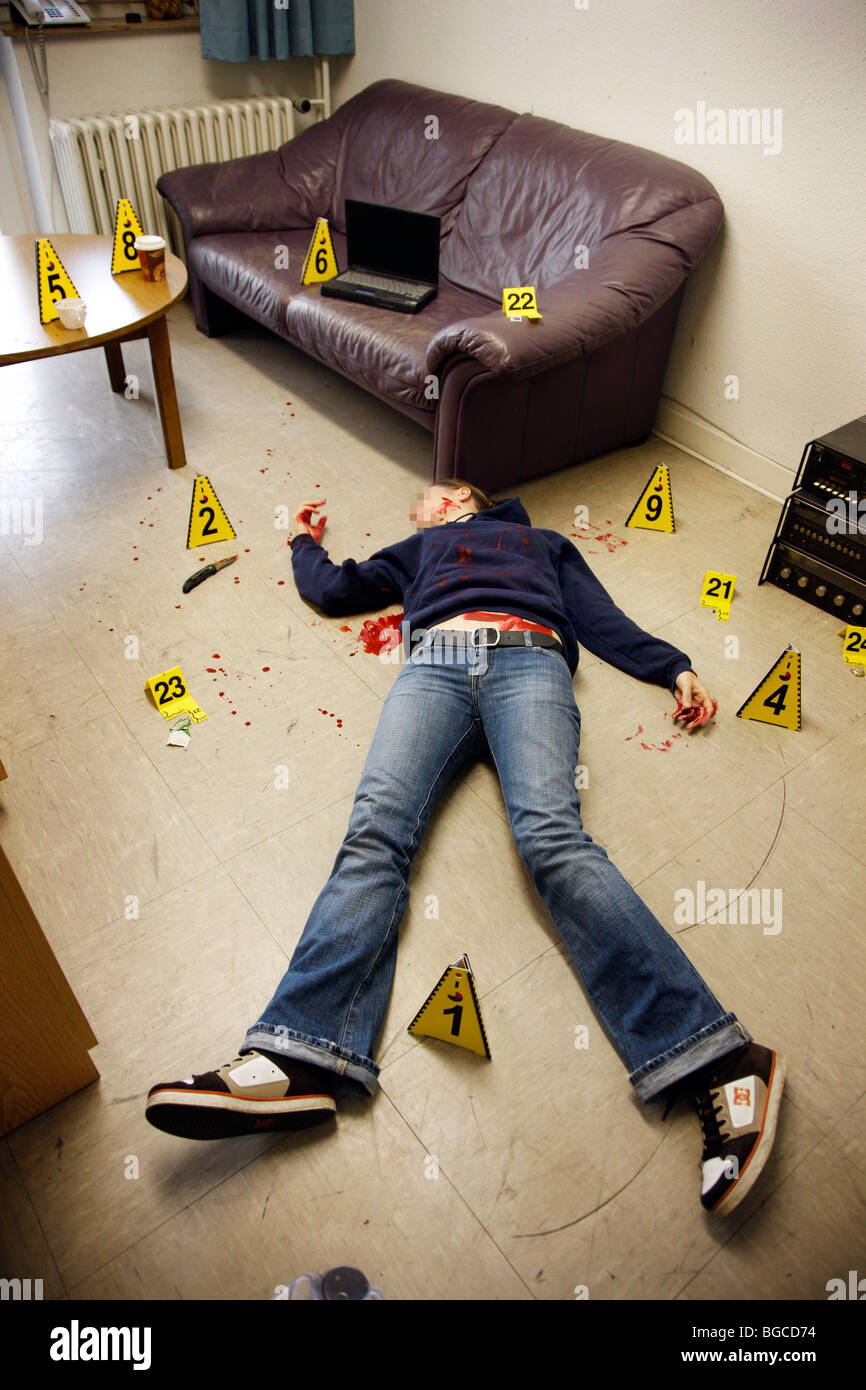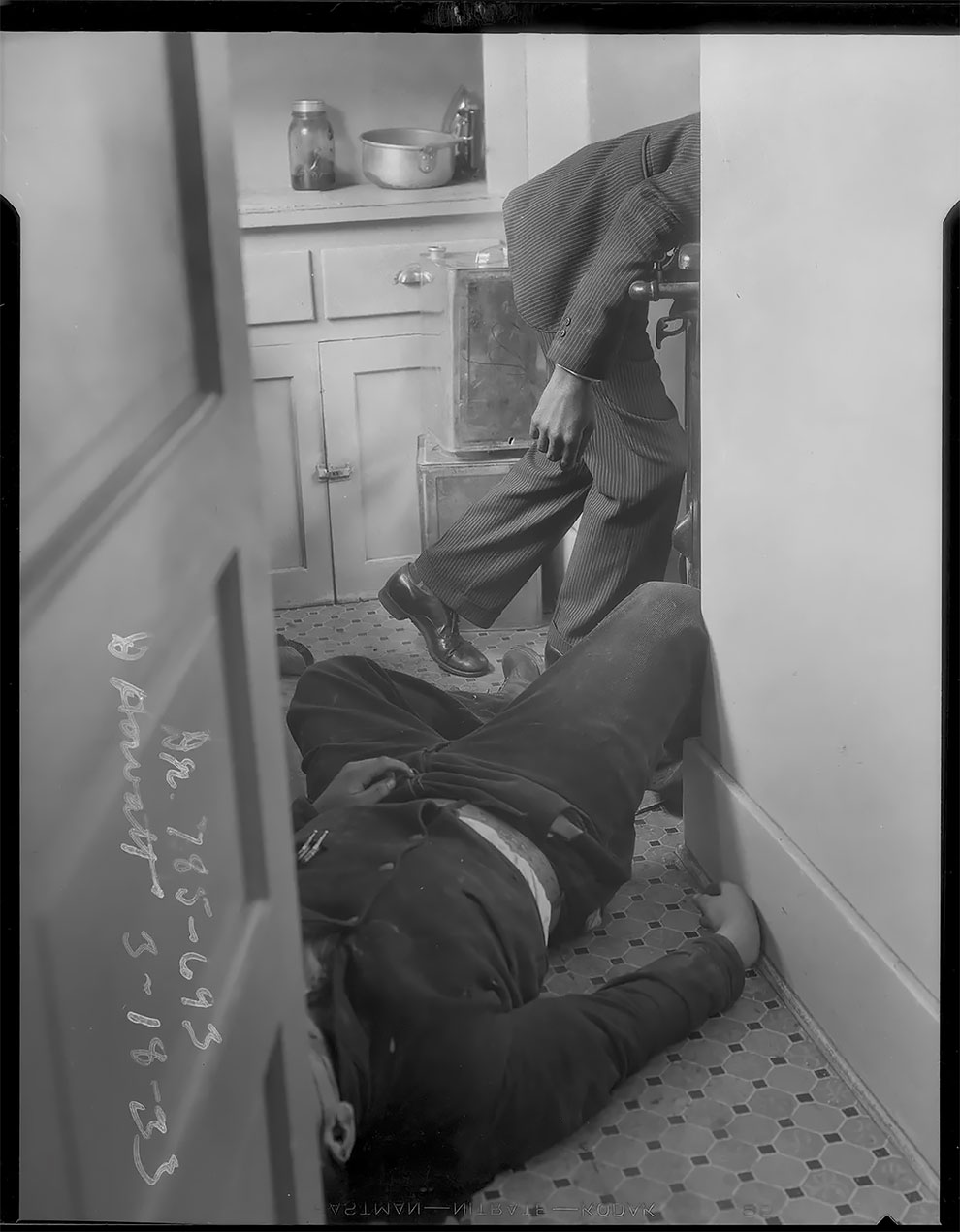Crime scene photos have become an essential part of the investigative process, serving as a critical tool for law enforcement and forensic experts alike. These images capture the raw and unfiltered reality of a crime scene, preserving evidence that may otherwise fade or be lost over time. The visual documentation of a crime scene not only aids in the investigation but also plays a pivotal role in the judicial process, providing crucial context and details in court proceedings. As technology advances, the methodology behind capturing these photos evolves, enhancing their effectiveness and reliability.
In a world where the visual narrative often speaks louder than words, crime scene photos stand out as powerful testimonies of events that unfold in the shadows. They serve as a bridge connecting the past with the present, allowing investigators, jurors, and the public to witness the aftermath of heinous acts. With the rise of true crime documentaries and podcasts, the fascination surrounding crime scene imagery has only intensified, prompting discussions about ethics, privacy, and the role of media in shaping public perception.
Yet, amidst this intrigue, it is crucial to approach crime scene photos with respect and understanding. Behind each image lies a story of loss, tragedy, and the relentless pursuit of justice. This article delves into the various facets of crime scene photography, exploring its importance, the ethical considerations surrounding its use, and the impact it has on the criminal justice system.
- Robin Baumgarten Husband Unveiling The Life And Love Of A Tech Innovator
- Andie Elle Of Leak The Untold Story Behind The Controversy
What Are Crime Scene Photos and Why Are They Important?
Crime scene photos are images taken at the location where a crime has occurred. Their importance cannot be overstated, as they serve several key functions:
- Preservation of evidence for future reference.
- Assistance in reconstructing the crime for investigative purposes.
- Providing visual aids during court proceedings.
- Documenting the scene for forensic analysis.
How Are Crime Scene Photos Taken?
The process of capturing crime scene photos is meticulous and requires trained professionals to ensure that the images are both accurate and comprehensive. Key steps include:
- Securing the crime scene to prevent contamination.
- Documenting the scene from various angles.
- Including relevant objects and evidence in the frame.
- Using proper lighting and camera settings to enhance clarity.
Who Is Responsible for Crime Scene Photography?
Typically, crime scene photography is conducted by forensic photographers or crime scene investigators. These professionals are trained to understand the nuances of crime scene documentation, ensuring that every detail is captured accurately. Their work is crucial in building a reliable case against suspects and providing clear evidence for the court.
- Mckinley Richardson Leaked The Untold Story You Need To Know
- Justin Qualey Rising Star In The Spotlight
What Ethical Considerations Surround Crime Scene Photos?
The use of crime scene photos raises several ethical questions. Balancing the need for transparency in the judicial process with the privacy and dignity of victims is a complex issue. Some key ethical considerations include:
- Respecting the privacy of victims and their families.
- Avoiding sensationalism in media portrayals of crime scene images.
- Ensuring that photos are used solely for legitimate investigative or judicial purposes.
How Do Crime Scene Photos Impact Legal Proceedings?
Crime scene photos play a significant role in the courtroom. They can:
- Help jurors visualize the crime scene.
- Corroborate witness testimonies.
- Provide context for the evidence presented.
- Highlight inconsistencies in the defense’s narrative.
Can Crime Scene Photos Affect Public Perception?
Absolutely. Crime scene photos can shape public perception of a case, influencing opinions long before a trial begins. Media coverage often focuses on these images, which can lead to:
- Increased public interest in the case.
- Potential bias against defendants.
- Emotional reactions that may cloud judgment.
What Are Some Noteworthy Crime Scene Photos in History?
Throughout history, certain crime scene photos have gained notoriety, becoming symbols of the crimes they depict. Some examples include:
- The Black Dahlia Case: The haunting images of Elizabeth Short's body continue to captivate and horrify.
- The JonBenét Ramsey Case: Photos from the Ramsey home became pivotal in understanding the tragic circumstances.
- The O.J. Simpson Trial: Crime scene photos played a dramatic role in the trial's narrative and public discourse.
How Has Technology Changed Crime Scene Photography?
Advancements in technology have revolutionized crime scene photography. Key developments include:
- High-resolution cameras that capture intricate details.
- 3D scanning technology, allowing for immersive reconstructions of crime scenes.
- Digital editing tools that enhance image clarity and quality.
What Future Developments Can We Expect in Crime Scene Photography?
As technology continues to evolve, the future of crime scene photography is promising. Potential developments may include:
- Artificial intelligence to analyze and catalog images.
- Virtual reality tools for courtroom presentations.
- Improved techniques for preserving evidence in challenging environments.
In conclusion, crime scene photos are not just mere images; they are powerful tools that play a pivotal role in the investigation and prosecution of crimes. As we delve deeper into the complexities of their use, it is crucial to approach them with the respect and seriousness they deserve, acknowledging the stories they tell and the lives they impact.
- Marie Temara Leak The Untold Story Behind The Controversy
- Angela Alvarez Leaks The Untold Story Behind The Headlines


